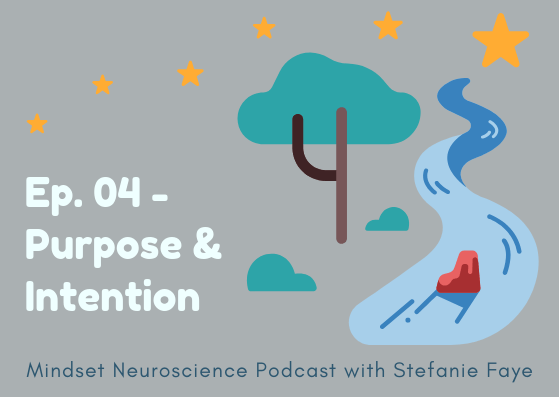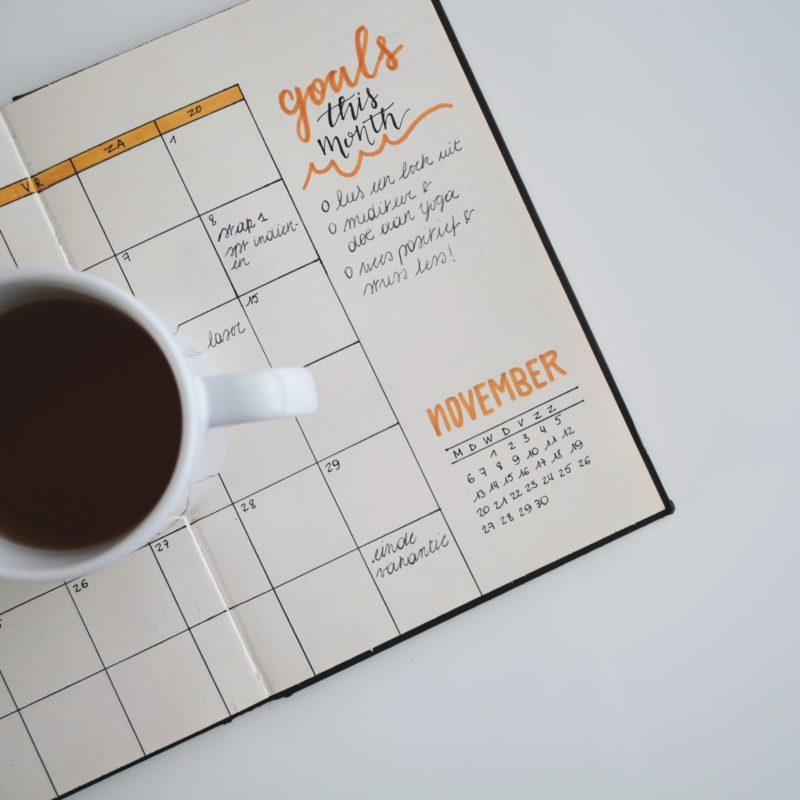“A clever person solves a problem. A wise person avoids it.”
– Albert Einstein
The idea of preparation is one of the key concepts I’m learning about in partner-based teaching, leadership and facilitation. … not just preparing to succeed but also - possibly more important - preparing for setbacks and challenges. This gives our brain-body the sensory-motor simulations it requires in advance to adapt current strategies or adopt new ones.
In fact, at a retreat center I worked for last year, part of the training we incorporated into intensive brainwave and biofeedback training was to have participants imagine worst case scenarios for various categories in their life. As they did, they were then instructed to notice the sensations that occurred and allow for new thought and possibilities to emerge. Using their mind to intentionally draw up the worst case scenario allowed them to live through the neurochemical state associated with it. By having the intention to stay open to multiple possibilities (cognitive flexibility), this helped them fire circuits in new ways that allowed them to move through the sensations of discomfort from the negative thought more quickly - without getting stuck in it.
The human ability for planning, foresight and preparation are neurological tools that many of us are not using enough. Although they are mechanisms for projecting into the future, when used intentionally - they can become tools that actually increase our ability to be truly present in a higher number of situations. This is because as we activate future-oriented multiple pathways, those networks become more accessible and help interrupt repetitive, reactionary and reflexive movements and behaviors that have been automated.
By contemplating the future and allowing for flexibility of positive and negative outcomes, we increase blood flow and activity to areas of the brain that relate to what Stanislas Dehaene calls the Conscious Workspace. Accessing this helps us become more aware of multiple pathway thinking - a type of thinking that keeps our awareness more open to current moment opportunities and challenges. This is in contrast to predetermined or automated thinking that can keep us stuck in rigid perspectives and reactions.
Resilience research shows that pathway thinking is associated with a sense of agency and hope. Planning ahead for negative scenarios and coming up with multiple routes to navigate ahead of time increases a sense of agency because multiple routes have already been considered. Agency is related to the belief in one’s capacity to achieve desired goals (Snyder, 2002, Snyder et al., 2002). Pathway thinking is the development of routes to goal achievement. According to research on hope, the most hopeful individuals are those high on both pathway and agency thinking, both measured in the Dispositional Hope Scale (DHS; Snyder et al., 1991).
One of the most eye-opening courses I had during my graduate degree at NYU was "Prevention and intervention in childhood development". The entire idea of Prevention was new to me at that time. It opened my eyes to a field of research looking into how we use resources to prevent issues in the first place - in order to not need as many resources for interventions and treatments later. This is a model that is used by only a tiny percentage of leaders and fields in the world (systems thinking is one of those leaders).
A video I made a while back touched on the concept of adding awareness as a key component to creating new choices points and trajectories for future outcomes. Here is a clip:
There's a lot to this concept that I'll explore in future content. There's so much more to say, but I thought I'd touch on it briefly today since it's about to be new years and many people think about new habits and choices for the coming year.
With Love From Me to You
xoxo Stefanie
If you'd like to get content I send exclusively to subscribers, make sure to add your email to any of the sign-ups on my website! You can go here to learn more. You'll get my most recent newsletter as soon as you subscribe!


